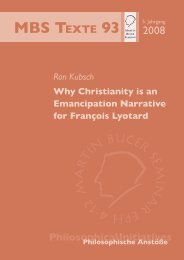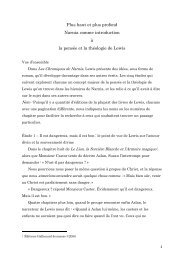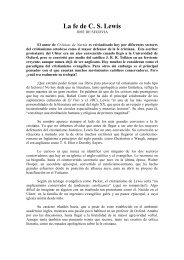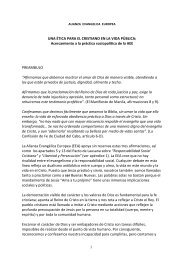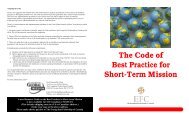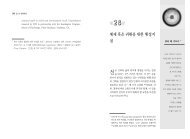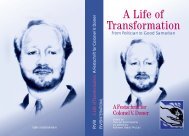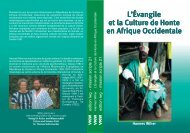William Careys Theology - World Evangelical Alliance
William Careys Theology - World Evangelical Alliance
William Careys Theology - World Evangelical Alliance
You also want an ePaper? Increase the reach of your titles
YUMPU automatically turns print PDFs into web optimized ePapers that Google loves.
24 <strong>William</strong> Carey’s <strong>Theology</strong><br />
“It is evident that Pietism won a new perspective on history, which lent it<br />
the scope necessary for that methodical, non-sectarian missionary affectivity,<br />
which we see in August Francke or Count Zinzendorf.” 97<br />
Helmuth Egelkraut writes:<br />
“The new element, the motor which gives its ideas power and drives it forward,<br />
is its eschatological center.” 98<br />
“The time of God’s great deeds is not in the past – as Orthodoxy believes –<br />
but in the future.” 99<br />
“An activity long unknown broke out in German Protestantism.” 100<br />
Erich Beyreuter states, “In his ‘Behauptung der Hoffnung künftiger<br />
besserer Zeiten’, Philipp Jacob Spener radically separates himself from the<br />
dark historical view of later Orthodoxy.” 101<br />
Kurt Aland wants to refute this idea. Rather than Chiliasm, he believes<br />
that Spener taught the deferment of Christ’s return by the conversion of the<br />
Jews and the fall of the Roman Church. 102 However, Aland fails to recognize<br />
that Spener did not believe that Christ would return immediately after<br />
these events, but that they would first introduce a period of better days.<br />
Wallman is correct when he writes about Spener, “The Scripture teaches a<br />
promised Kingdom of Christ on earth prior to the Last Judgment.” 103 This<br />
is a classical definition of Postmillennial doctrine. Martin Greschat and<br />
Geschichte 0/1 (Göttingen, Germany: Vandenhoeck & Ruprecht, 1990) pp 47-50.<br />
Johannes Wallmann, Philipp Jakob Spener und die Anfänge des Pietismus, Beiträge<br />
zur historischen Theologie 42 (Tübingen, Germany: 1986) pp. 307-335); Johannes<br />
Wallmann, “Pietismus und Chiliasmus: Zur Kontroverse um Philipp Jakob Speners<br />
‘Hoffnung besserer Zeiten,’ Zeitschrift für Theologie und Kirche 78 (1981) pp. 235-<br />
266. See also Dietrich Blaufuß, “Zu Ph. J. Speners Chiliasmus und seinen Kritikern,”<br />
Pietismus und Neuzeit: Ein Jahrbuch zur Geschichte des neueren Protestantismus 14<br />
(1988); Chiliasmus in Deutschland und England im 17. Jahrhundert, pp. 85-108,<br />
which, however, does not believe Spener to have been a Chiliast.<br />
97 . Johannes Wallmann, “Pietismus und Orthodoxie,” op. cit., p. 80.<br />
98 . Helmuth Egelkraut, Die Zukunftserwartung der pietistischen Väter,” op. cit., p. 16.<br />
99 . Ibid., p. 20.<br />
100 . Ibid., p. 24.<br />
101 . Erich Beyreuter, “Evangelische Missionstheologe im 16. und 17. Jahrhundert,”<br />
Evangelische Missions-Zeitschrift 18 (1961) pp. 1-10, 33-43. (On Spener, see pp. 38-<br />
39. On Pietist criticism of Lutheran expectations of the immediate return of Christ, see<br />
pp. 39.)<br />
102 . Kurt Aland, “Philipp Jakob Spener und die Anfänge des Pietismus,” Jahrbuch für<br />
die Geschichte des Pietismus 4 (1979) pp. 155-189.<br />
103 . Johannes Wallman, Der Pietismus, op. cit., p. 49.




